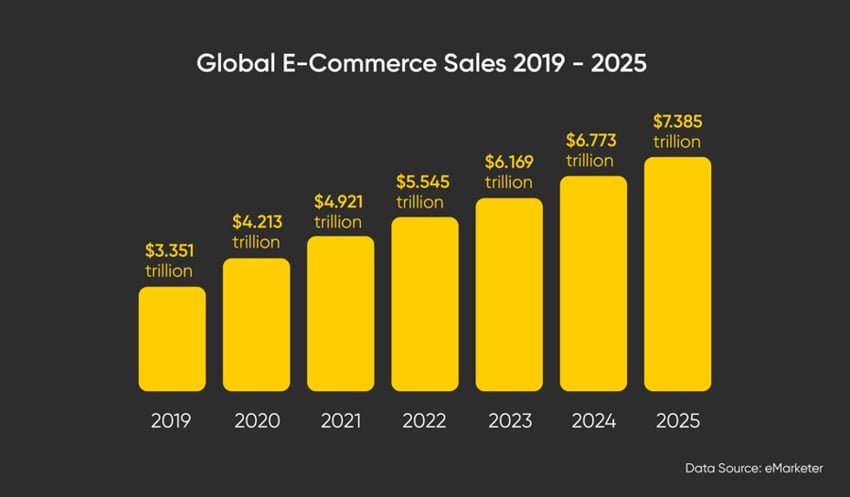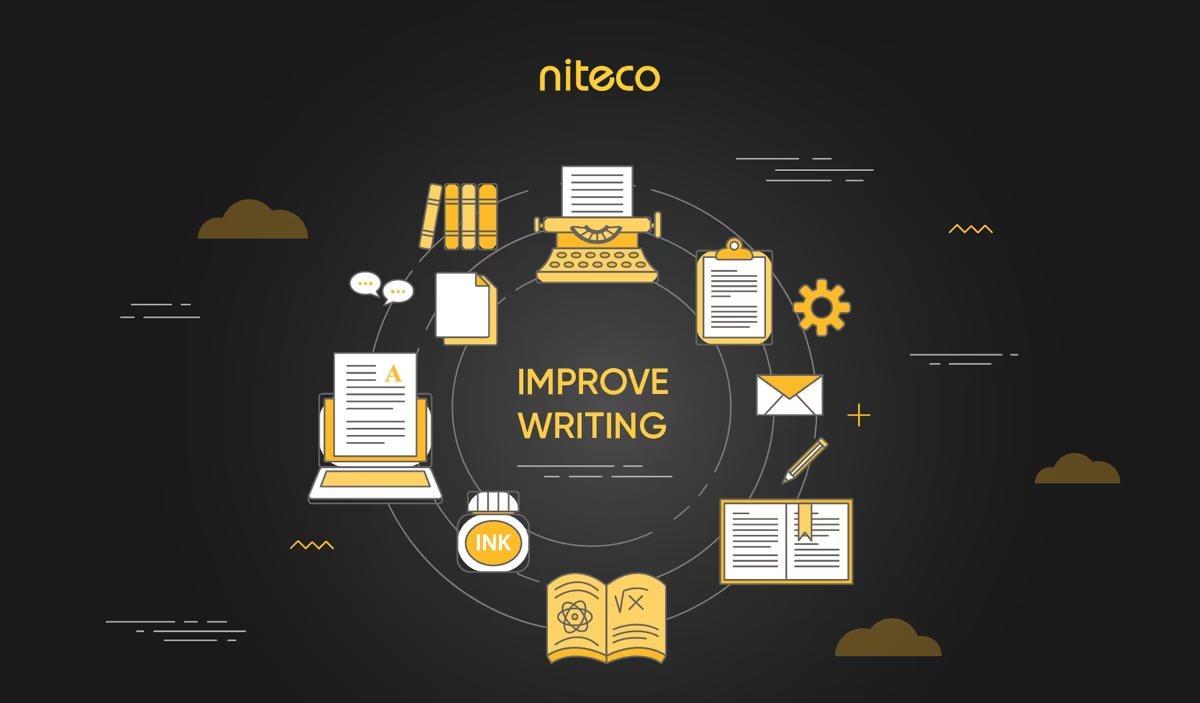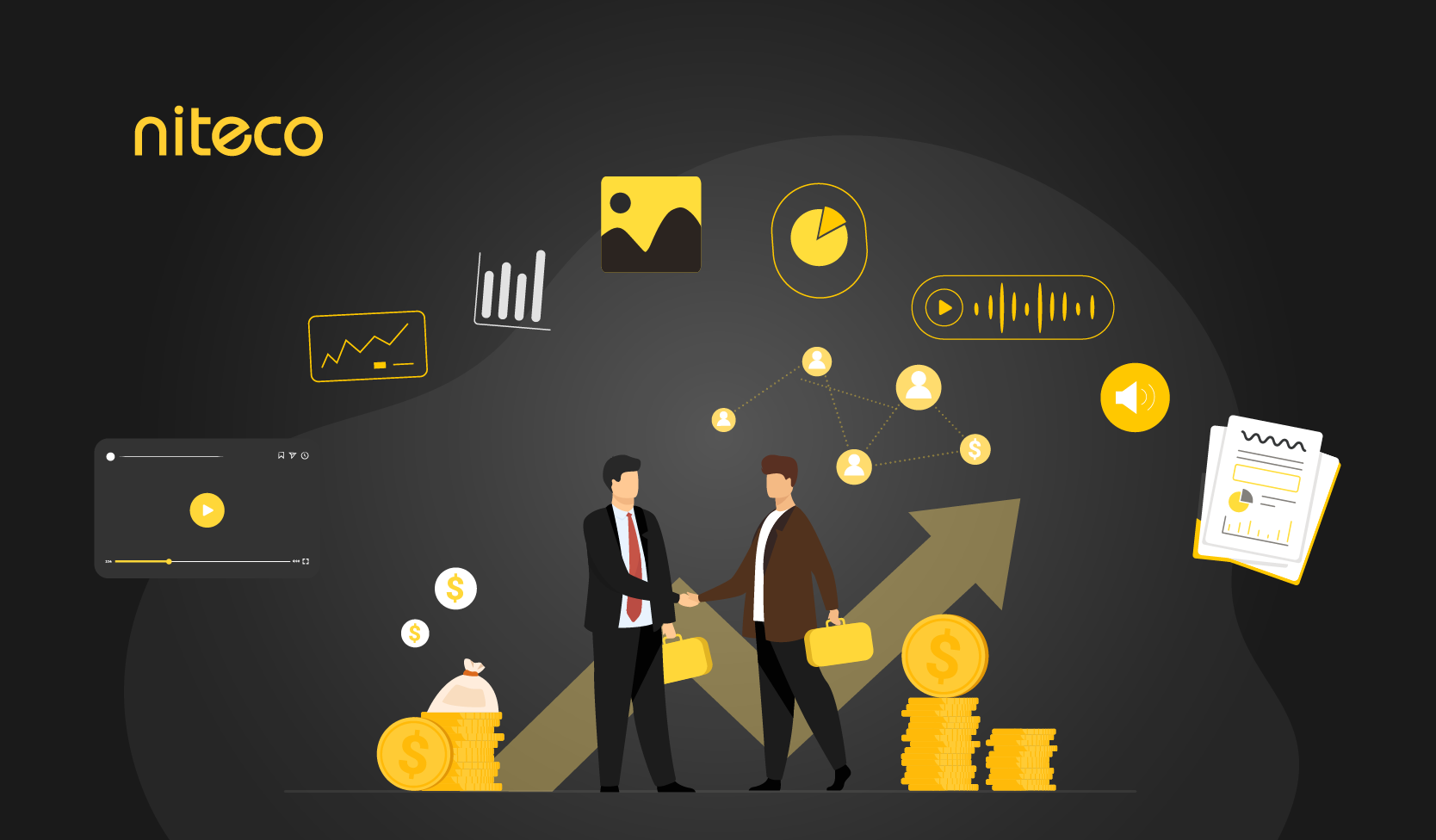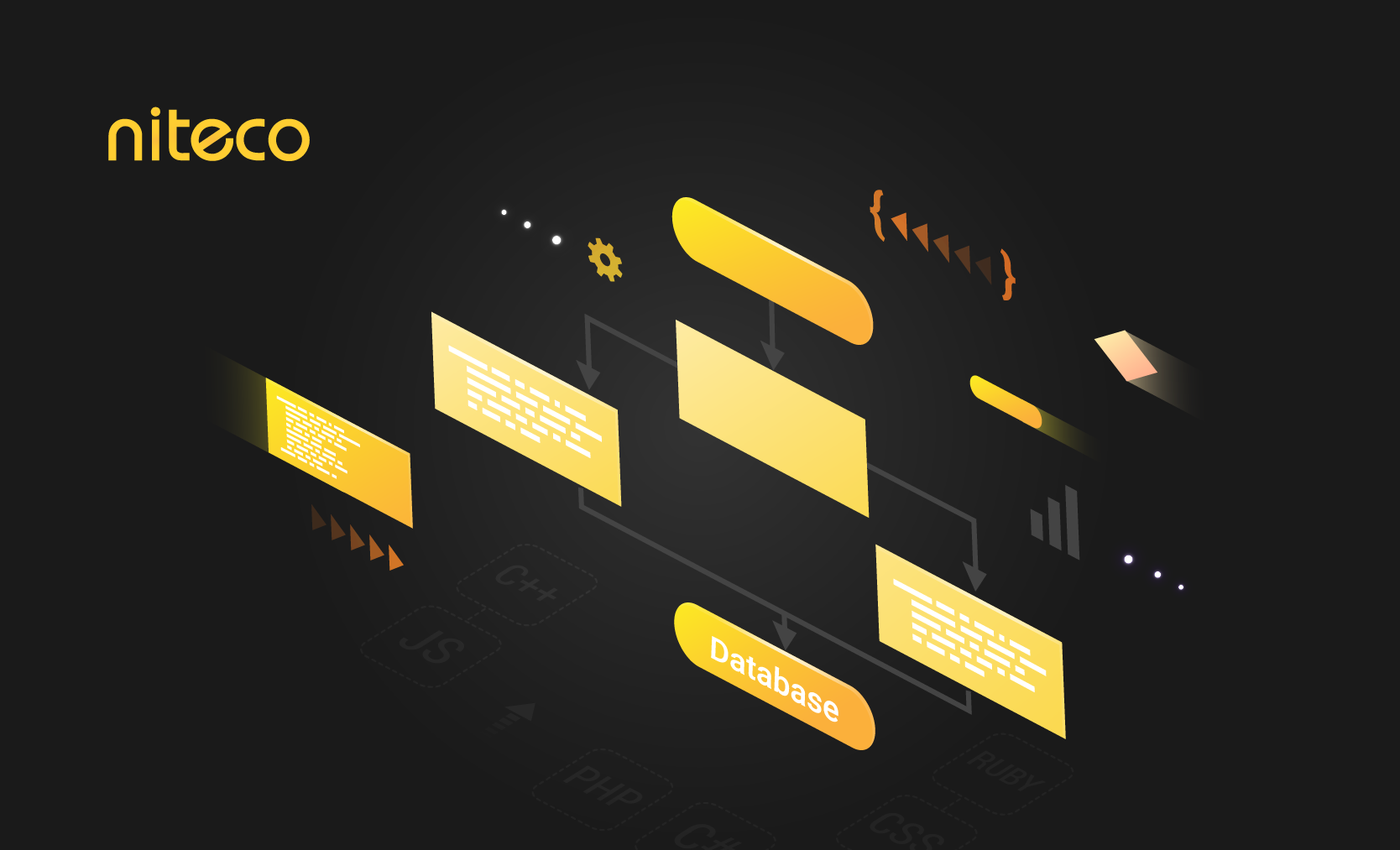When was the last time you bought something online? Was it yesterday? 5 minutes ago? Or maybe you’re actually buying something while you’re reading this?
For most of us, it’s hard to imagine life without online shopping. Not only would it be inconvenient, it would also be much more complicated, especially considering the changes the Commerce landscape went through amid the pandemic.
But what is Commerce really, aside from the sale and purchase of products or services online? In this first part of our series on the Basics of Commerce, we’re going to look at some of the terms of this industry that define our modern time – the definition of Commerce, a brief history, and its types and benefits. So, let’s dive in quickly before your next online purchase arrives, shall we?
What is Commerce?
Some people like to think of Commerce as merely the selling or purchasing of physical products online. While that’s not wrong, it’s not all there is to it. Commerce also includes the sale and purchase of non-physical goods such as digital products and services. However, whatever the purchase might be, transfers of money and data are necessary to complete the sale.
One major aspect of Commerce is that you don’t need a brick-and-mortar store to sell your products. You can actually sell exclusively online. For example, imagine you set up a company selling eco-friendly coffee cups. In the days before the Internet, how many choices would you have had? Probably two - selling your merchandise through your own boutique shop or selling them wholesale to national coffee merchandise stores. Today, you as a business owner have a third option: Commerce. Now, you can sell your products on your own website, a third-party site, or both.
A very brief history of Commerce
Though it has become entrenched in our lives, the dawn of Commerce wasn’t that long ago. We can trace the origin of online sales back to 1969, when CompuServe, the first commercial online service provider in the US, was founded. However, Commerce as we know it today really got its start when retail giant Amazon created one of the first Commerce websites in the early 1990s.
Nowadays, there are countless companies that have followed Amazon’s lead, trying to cover the entirety or just a part of the Commerce journey. Alibaba, for example, was launched in 1999 by Jack Ma. In 2005, Etsy launched as a global marketplace where people could create shops to sell their own crafts. And in 2014, Apple threw its hat in the Commerce ring with Apple Pay.
With unprecedented growth, in 2021, retail Commerce sales were reported to reach approx. 4.9 trillion USD worldwide, compared to 3.35 trillion USD in 2019. Meanwhile, the global B2B Commerce market size is estimated to reach 25.65 trillion USD by 2028, expanding at a CAGR of 18.7% from 2021 to 2028. The difference between these two types of Commerce? Let’s find out in the next section.
Types of Commerce
Business to Consumer (B2C)
B2C means that the sale takes place between a business and a consumer. An example is buying a t-shirt from an online retailer. Even though this model seems most prominent in people’s minds, it’s only about one-third of the size of B2B Commerce.
Examples: Amazon, Google, Target, Priceline Group, etc.
Business to Business (B2B)
B2B Commerce refers to a business selling goods or services to another business online. This type of model isn’t consumer-facing and usually involves products or services like raw materials, software, or websites. An example is a home appliance manufacturer purchasing a website building service from a web development company. B2B online sales are often more complicated than other forms of Commerce because they rely on large catalogs of complex products to sell.
Examples: Niteco, General Electric, IndiaMART, Amazon Business, Mailchimp, etc.
Direct to Consumer (D2C)
Direct to Consumer Commerce is the newest model of Commerce. It has seen a massive surge since the beginning of the pandemic. D2C means that a brand sells directly to their end customers without having to go through a retailer, distributor, or wholesaler. Some of the popular D2C items are subscriptions or social selling via social media such as Facebook, Instagram, Tik Tok, etc.
Examples: Electrolux’s APAC & MEA markets, Glossier, Cards Against Humanity
Consumer to Consumer (C2C)
This type of online commerce refers to the sale of goods or services from one consumer to another. These sales take place on platforms such as Fiverr, eBay, Etsy, and so on.
Consumer to Business (C2B)
C2B happens when an individual sells their products and services to a business. These can be freelance photographers, writers, designers, consultants offering their services or influencers offering exposure, etc.
Benefits of Commerce
If they weren’t already clear before, we’ve seen plenty of the benefits of Commerce since the start of the COVID-19 outbreak. With the implementation of social distancing and lockdowns in full swing, it was easier and especially safer for everyone to shop online and have their purchases delivered to their front door - whether it was necessities like groceries or books or a comfy office chair for your workstation at home.
As you may have guessed, one of the biggest winners of the pandemic is Amazon. The company’s sales and profits have been rising due to a surge in pandemic shopping and consumers’ embrace of grocery delivery amid the pandemic. While many brick-and-mortar stores were forced to close, it’s reported that Amazon now has more than 200 million Prime loyalty subscribers and has recruited over 500,000 employees to keep up with the soaring demand.
If we’ve learned anything, it’s that embracing digitalization, or in this case, shifting to online delivery is one of the key tools that can assist businesses in improving their market access. With 55% of Micro-, Small, and Medium-sized Enterprises (MSMEs) strongly affected by the pandemic, there’s growing evidence that MSMEs that can’t change to online delivery modes have to face higher risks of failure than their more digitally savvy counterparts. Therefore, embracing digitalization can help small businesses become more resilient and competitive. With online commerce, purchases are made simpler and less time-consuming thanks to the 24-hour availability. What makes it even better is that customers around the world can easily access and shop on these sites, as companies are now no longer restricted by geography or physical barriers. And one thing is clear: online shopping is not going anywhere even after the pandemic.
With this escalating growth, companies are now investing in data analytics for better personalization and customer experiences made possible by Commerce. Data like visitors’ views, searches and purchase history can not only give businesses valuable insights into their target markets, but also allows for better personalized product recommendations for their potential customers.
Let’s take a look at AEG Australia’s website. The AEG site has been awarded the Most Customer Centric Digital Experience at the 2021 Optimizely Optimizer Awards. AEG is a premium household appliance brand known for their high-quality products and sophisticated design. AEG Australia’s website is built on the Optimizely platform, with a customer-centric experience for end users. The website prompts customers to “Complete your cooking range” and view “Compatible Products” or “Related Accessories”. These personalized product recommendations are the result of data tracking and analytics that can help improve customer experience by making shoppers feel understood on a personal level, increasing the odds of further purchases and developing brand loyalty.
What does the future look like for Commerce?
As technological innovation continues, Commerce and consumer trends will be sure to keep evolving. One of the technological developments that has shaped Commerce is the change in different screen types. And in the near future, it’s expected that consumers will interact with Commerce touchpoints via wearables and improved voice interactions. On top of that, the shopping experience will likely evolve further over the next few years with virtual and augmented reality experiences for shoppers.
Another element that is sure to be improved is personalization. We’re already at the point where sites can “remember” customers’ information and tailor their online shopping experience accordingly. This drives the data analytics game, creating opportunities to improve conversions and customer satisfaction. Commerce is ever changing, and it’s an exciting time to be a part of it.
For more information about the world of online commerce and who we are as a B2B technology company, head to niteco.com. Or if you would like to stay up to date on our latest news, follow us on Facebook and LinkedIn.




